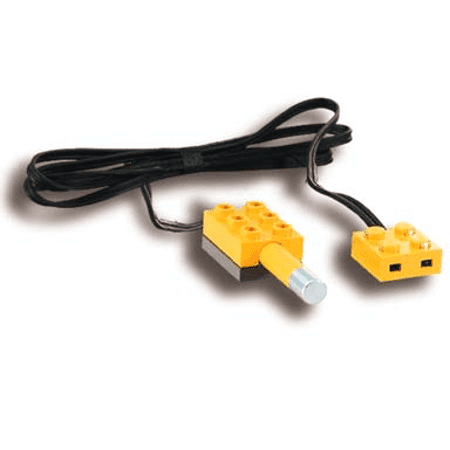


Lego and the engineering community share a long history. It even sponsors symposia to discuss Mindstorms theory and applications, the most recent of which was held in August in Fort Worth, Texas. In response, it is expanding its range of computer-controlled toys, publishing some of Mindstorms’ internal documentation, and enlisting fans as advisors and testers for new versions of the product. may have been taken aback by the extent to which Mindstorms had transcended the child’s toy category, the company is happy to have the millions of dollars in extra revenues it brings in. Engineers, academic researchers, and hobbyists have reverse-engineered its firmware, hacked together new programming environments, and shared recipes for unanticipated ways of connecting it to the outside world. Originally intended for use by children at home or in the classroom, Mindstorms has instead enraptured tens of thousands of adults. Developed by the Billund-based Danish toy company, some bricks contain microcomputer-controlled sensors and motors, and all are components of a three-year-old product called Lego Mindstorms. The inventors are not part of a big research university or at some forward-looking computer company, but a loosely knit group of engineers who build gizmos out of Lego bricks. Robotic roller-coasters.mobile intelligent cat toys.a robotic disk jockey.an autonomous self-propelled video camera.a tiny mobile image scanner that builds up pictures by crawling millimeter by millimeter across a page: all these are gadgets produced by an R&D organization that few know even exists.


 0 kommentar(er)
0 kommentar(er)
